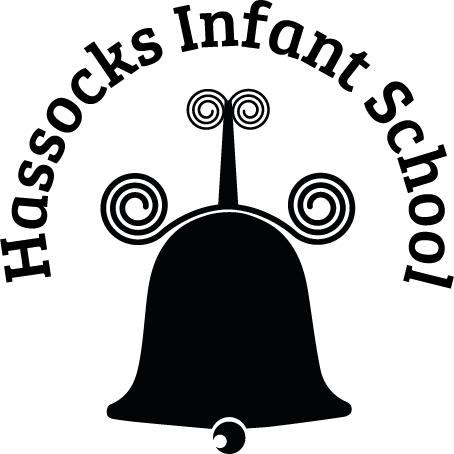Making Geography Accessible
There are lots of ways we make sure all children access and engage with their learning by:
- Revisiting key vocabulary and facts prior to new learning being introduced. Give children with SEND time to 'tune in' to the session and allow time for children to understand concepts and vocabulary.
- Use visuals to support auditory learning, such as photographs, videos and pictures. A multisensory approach will benefit most children.
- Use visual word mats which prompt children's ability to recall key vocabulary and in turn use it.
- Making sure prior learning is visible on a classroom display (working wall) so teachers and students can refer back to it as often as is needed.
- Any field work or trips are always carefully planned to insure the needs of all children are met through adapting and making reasonable adjustments when necessary.
- When it comes to children recording their understanding, make sure there are alternatives to writing; drawing, word processing, adult scribing, mind-maps, digital images, videoing and voice recording.
- Adults know who to check in with regularly to make sure new information is being presented in an accessible way; if it is not, by checking in, adults are aware of children who will need to spend a little more time exploring key concepts to make sure they understand them.
- Using mixed ability groupings enables children to support each other; all children are different and this makes sure all children have an opportunity to help and to be helped.
- Making sure instructions are clear and, if needed, giving children ways to go back to what the learning task is; this can be by watching or listening to the instructions again via technology.
